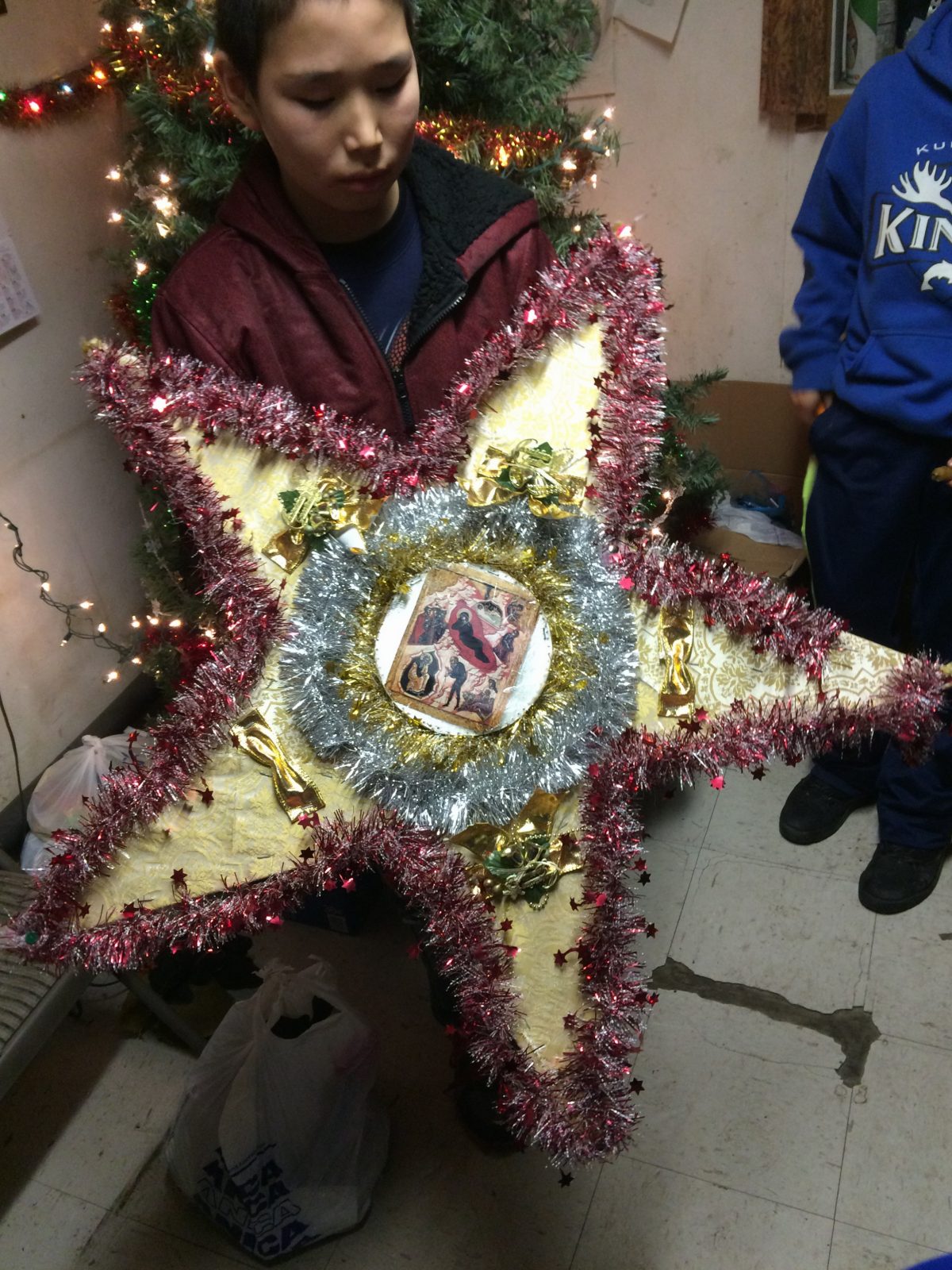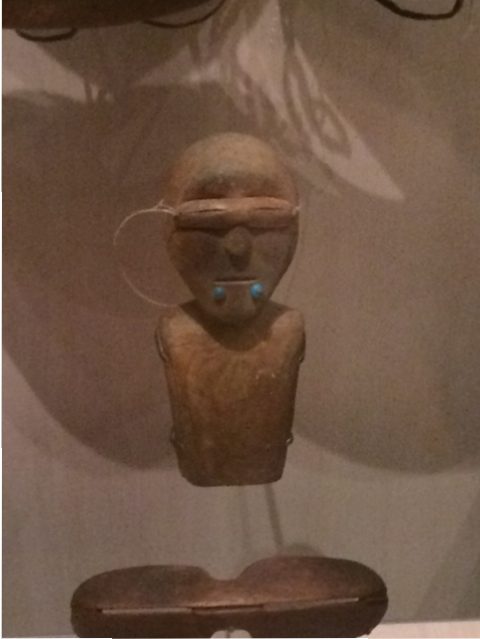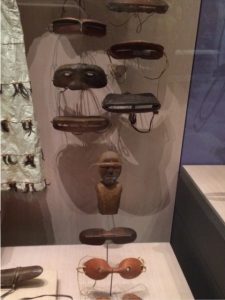Culturally Responsive Teaching (CRT) begins with the idea that students are all coming from somewhere. They are all coming from unique perspectives, and these perspectives inherently shape the way they will learn or assimilate new information. When a teacher attempts to be culturally responsive, he or she tries to understand where the students, as a group, have relevant knowledge that can connect them to the subject to be taught. Thus, for instance, when we did the science experiment with the moss, an assumption was made about the familiarity of the class with modern American childcare strategies and technologies. There was no question as to whether we knew there were such things as “diapers” and that these “diapers” contained absorbent materials. The lesson then moved from our knowledge of something we did know to something we probably didn’t: local Tlingit people used to use a certain type of moss for a similar purpose. Not only was this a very novel idea, but it connected the local people in the class to their own local history, thus expanding their own self-knowledge and sense of the place they were from. More importantly, the experiment generated genuine curiosity, since it was intriguing to think of how absorbent the moss was, relative to modern products. How effective were the technologies traditionally used? It’s a tantalizing question, and one which really generates interest for the student.
There are lots of ways to employ such strategies in disciplines beyond math and science. For instance, in order to help local students understand Jewish responses to the first century BCE Roman occupation of the Kingdom of Judea, one could invoke parallels between the Roman occupation and the American colonization of Alaska. In both cases you have a militarily irresistible world power laying claim to the territory of another people. In both cases the great power considered itself the halcyon of civilization and had little regard for the ancient civilization of the local people. In both cases the stronger power imposed its own form of governance on the weaker with ethnic members of the great power holding all of the ultimate authority. In both cases the world power brought new technologies and claimed that it had imposed law and order on the region (cf. this Monty Python sketch). So, laying all of this out, the stage would be set to ask students, based on local responses to the American occupation of Alaska, how the Jews may have variously perceived the Roman occupation. It would be hoped that students could extrapolate that there was a feeling of resentment, helplessness, cultural suppression, and a longing for a freedom that never seemed to come. It would also be hoped that students might anticipate cultural collaborators and those who capitulated to Roman rule or even appreciated and approved of it. Using the results of these speculations, we might be able to see the attractiveness of the religious and political messianism that was so widespread in Judea in the first century CE and why it took the varied forms that it did.
Another thought that comes to mind in the discipline of English might be an explanation of the way languages (including English) develop “loan words,” which are words taken from other languages with very similar or modified meanings. Thus, for instance, Yup’ik first-language students in my student teaching placement could be asked to come up with some English words that have been incorporated wholesale into Yup’ik. (I am not aware of any, specifically, but technology words like “laptop” and “internet” are a sure-fire bet.) I could then explain that English has many such words as well, including such things as “quesadilla,” where the loan is probably obvious and fairly recent, and “tyrant,” where the loan is very old and not necessarily obvious. This line of reasoning could also be used to promote discussion about whether or not words such as “internet” are truly Yup’ik or words like “quesadilla” are truly English. I think there are varying answers to this question, but ultimately what I would be trying to get across is that all languages borrow from one another to a greater or lesser extent and that there is no such thing as a “pure” or “uncontaminated” language (contra the official position of the French government). Progressing in this way, I would hope to help students understand the way their own language is working, the way English is working, and to be able to recognize and identify the broader principle of linguistic borrowing and the effect they should expect it to have on their language in their own lifetime.





